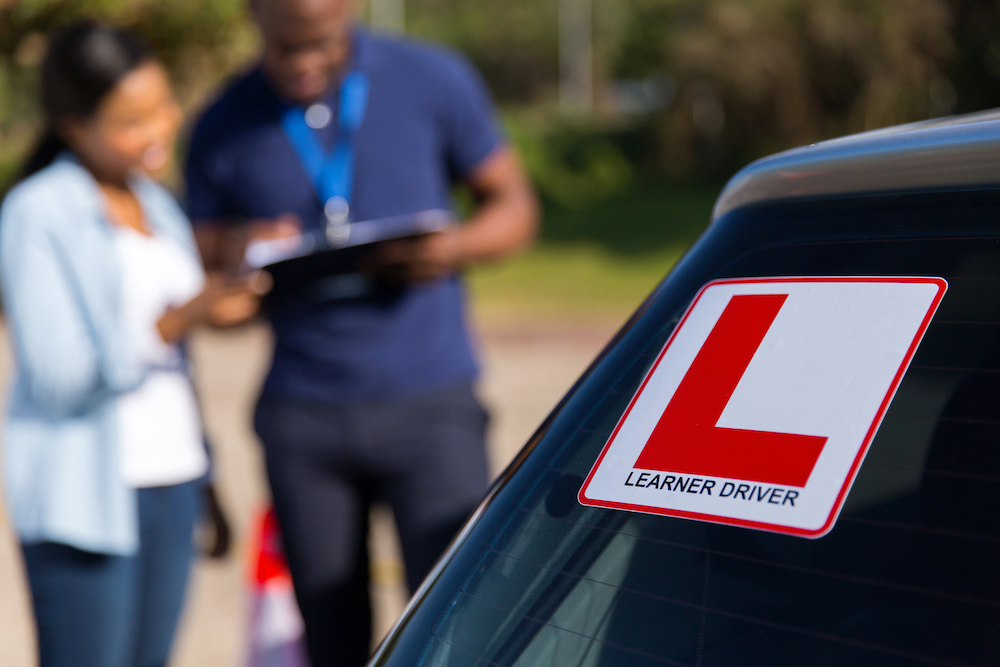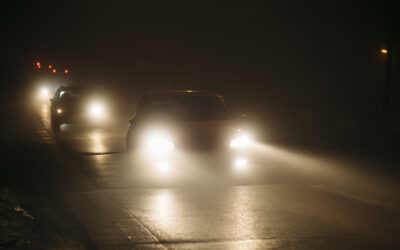The DVSA claims that most people need 45 hours of lessons to learn to drive, along with 22 hours of practice outside of lessons.
These additional hours of practice are essential. They give learners an opportunity to build up their confidence behind the wheel, to make their own decisions and to react to real-life road conditions without their instructor’s guidance.
But legally, learners need supervision for any driving they do outside of their structured lessons. So who can teach a learner driver?
This is your essential guide to teaching a learner driver. We’ll explore what the law says, and explore ways you can offer safe, structured and effective lessons.
Who Can Teach a Learner Driver?
According to UK law, to teach a learner driver you must:
- Be at least 21.
- Be qualified to drive the type of vehicle the learner’s driving. So if they’re learning manual, for instance, you must have a driving licence that lets you drive manual cars.
- Have had your driving licence for at least three years (from the UK, the EU, Switzerland, Norway, Iceland, or Liechtenstein)
- Meet the minimum eyesight standards.
You’ll also need:
- A car to practice in (obviously!)
- L-plates for the front and rear of the car.
- All the relevant vehicle documents, including up-to-date vehicle tax and a current MOT certificate.
Insurance when Supervising a Learner Driver
If you are teaching a learner driver in your own car, you need to ensure that you add them to your exiting insurance policy. Alternatively, a learner can buy their own learner car insurance on your car.
If you are teaching a learner driver in their own car it is advisable that they add you as a named driver to their insurance policy.
Learner Driver Practice Areas Near Me
So if you fit the bill for teaching a learner, and you have a suitable car to practice in, all that’s left is to decide where to drive.
Don’t do anything too ambitious too soon. Your learner will be nervous the first few times they drive without their instructor. So if you need to travel anywhere for your first lesson, you should drive first, only letting the learner take the wheel when you’ve arrived somewhere quiet and safe.
To begin with, head for a car park. Here, the learner can get to grips with the car’s controls and get used to how it handles. They can then do a few slow circuits of the car park and, if they’re feeling confident, perhaps try a few manoeuvres. A shopping centre car park will work best, as they’re generally quiet large and spacious. Just make sure you head there when it’s less busy, so there’ll be fewer cars about.
After this, you’ll need to find some quiet roads to practice driving in. If you live in a quiet residential area, great! You can practice right on your doorstep. But if not, you might have to drive to some suburbs first.
Quiet residential streets make great learner driver practice areas. But again, it’s best to head to these areas at off-peak hours, when there’s likely to be less people and cars about. Here, the learner can work on their junctions, their hill starts, on navigating tight spaces, on parallel parks, and even on their roundabouts – provided there are any nearby.
As the learner builds up their confidence, you could start incorporating longer journeys and more complex driving conditions into your lessons. To start with, you could drive to a different part of town, and ask the learner to drive you back home. You could also experiment with A-roads, dual carriageways, and country roads.
Your Complete Guide to Teaching a Learner
We have a dedicated guide to teaching a learner that covers everything you’ll need to know. It contains more tips on planning your routes and on getting your car ready for lessons. It also explores ways you can prepare for your lessons, with tips on brushing up on your knowledge, and some general advice on how you can be the best instructor possible. In short, be patient, keep your cool, and never raise your voice!
Find our guide to teaching a learner here.
Insurance for Teaching Someone to Drive
One last thing to bear in mind – learners will need insurance for any driving they do outside of lessons.
At Insure 2 Drive, we offer affordable learner driver insurance to help first-time drivers get all the practice they need outside of lessons. Get in touch for more information.




